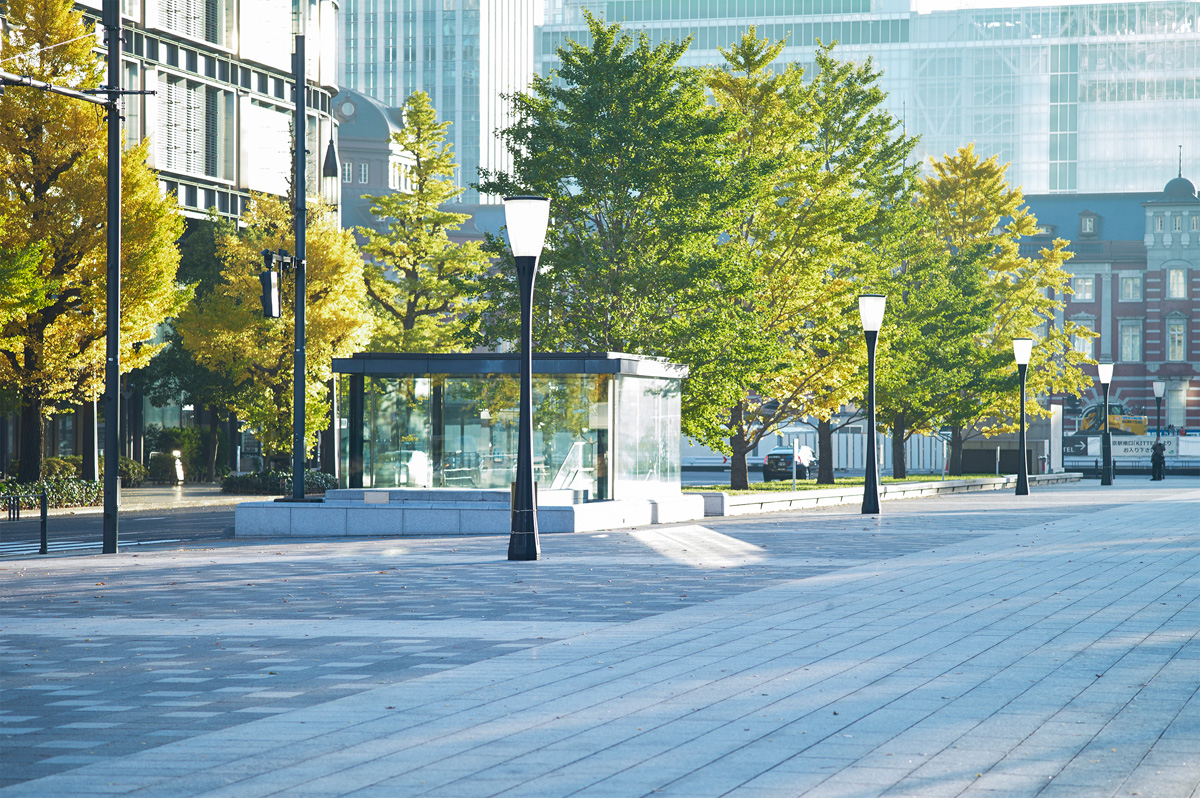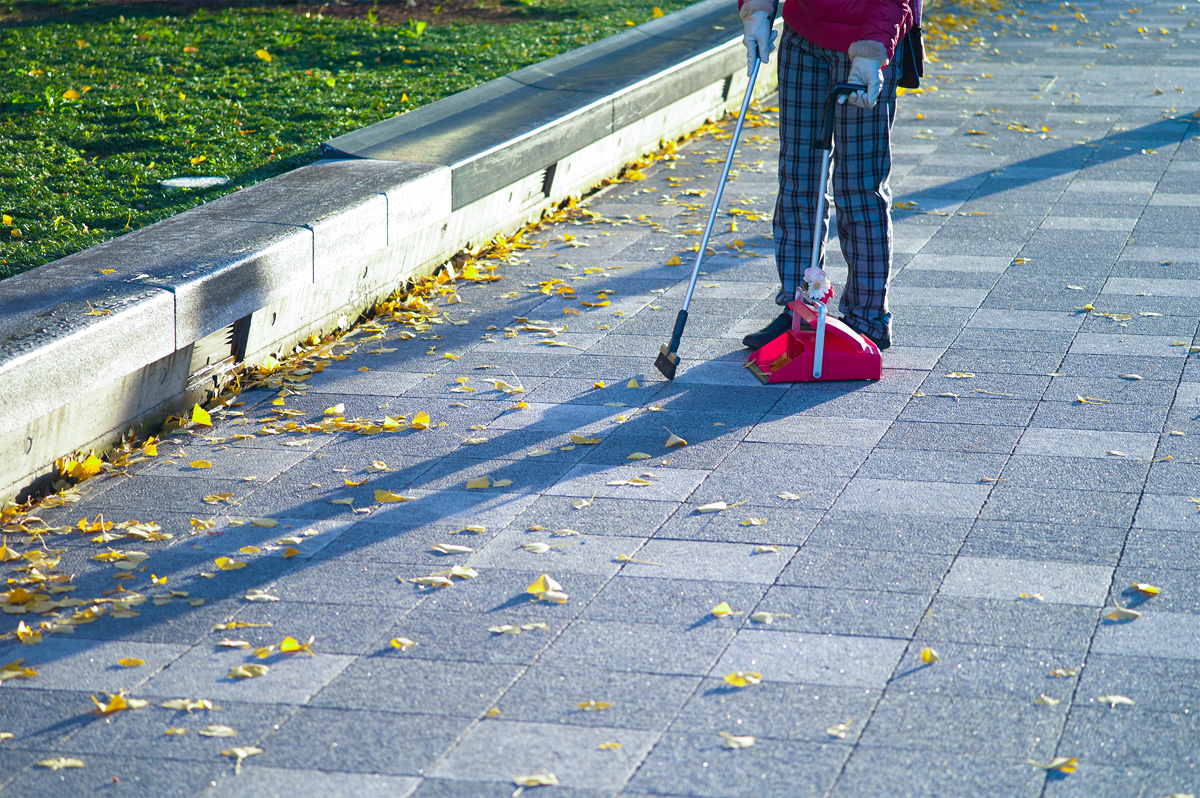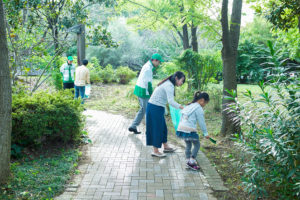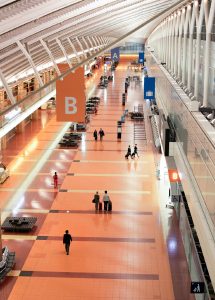Streets Without Any Trash
Gyoko Dori – The Entrance of Tokyo Station
Gyoko Dori is the street leading straight from Tokyo station to the Imperial Palace. The official name is “Tokyo Metropolitan Road No. 404, Tokyo Imperial Palace Tokyo stop line” and this 73m wide street connects Wadakura Gate and Tokyo station. It was constructed as a part of the Great Kanto Earthquake reconstruction redevelopment project in 1926 and renovation was completed in 2010. Now, the middle 30m of the street is used for imperial events and ceremonies and for the ‘Ceremony of the Presentation of Credentials for foreign ambassadors’ and only open for horse & carriage, and pedestrians. It is normally a busy street filled with working people or tourists passing by, but there is very little trash left on the street. This is because there are people who try to maintain the cleanliness of this area as the entrance to Tokyo with pride.

700 People Who Love the City Join the Clean Activity
There are several activities to clean the Marunouchi area including Gyoko Dori as the “Face of Tokyo”, and the “Make Tokyo Station area shine” project is one of them. In 2002, the business owners who operate inside of JR East Japan Tokyo Station actively gathered together to clean inside the station. After that, more people started to join and the size of the area they maintain has expanded little by little. Currently, the area to clean has expanded to Marunouchi, Yaesu, Nihonbashi, and Kyobashi. This activity takes place several times a year and about 700 people such as Tokyo Station staff or employees who work in these areas participate.

Cleaning Turned into Communication Opportunities
“Clean Attendants”, the cleaners of this area also take on the role of information attendants for tourists. They say, “We help tourists while we clean this area.”. There are a lot of foreign tourists in this area. If they want to try Japanese cuisine, they recommend places they can try by showing the directions on the map. There are times that they get asked to take photos with the foreign tourists who are touched by their caring acts of kindness in helping tourists while cleaning. The desire to welcome people to Tokyo with clean streets can certainly touch the hearts of people regardless of where they are from.

Data
| When did it start? | In 2010, the renovation of Gyoko Dori was completed. |
| Where can we experience this? | Between Wadakura Gate of the Imperial Palace and the Marunouchi Central Exit of Tokyo Station |
| Best suited time of the year or of the day? | Spring, where you can enjoy the fresh greenness of the season or autumn when you will be amazed by the coloured leaves of the line of beautiful ginkgo trees. |
| Data related to this topic (Space, Weight, Number (Year/Month/Day)) | Length of the road: About 190m Width of the road: 73m overall (including the lanes for cars), Central belt 30m |
| Please note | As there is no shade, it is really cold in the winter and extremely hot in the summer. In the winter, make sure you wear warm clothes. Although the road is a water-retentive pavement equipped with a deluge system, you should also take care to be well hydrated in the summer. |






